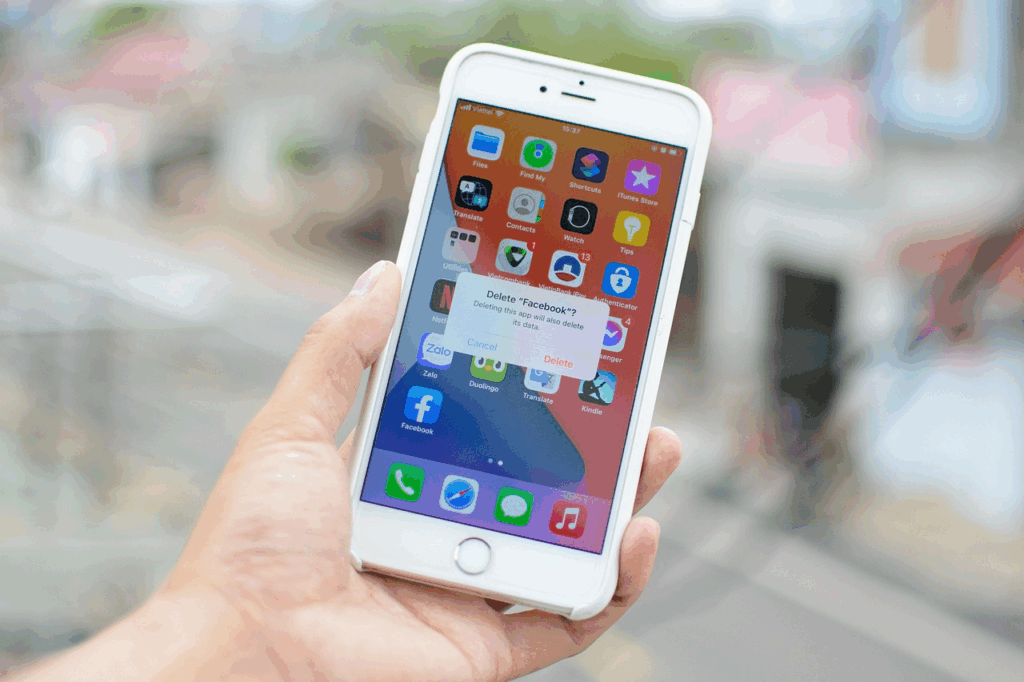Time feels simple—until you try to measure it precisely. Behind every phone clock, GPS signal, and atomic countdown lies a world of bizarre adjustments and invisible corrections.
In the digital age, time isn’t just kept; it’s engineered. Computers count nanoseconds, satellites correct for relativity, and scientists occasionally add an extra second to the world’s clocks to keep us in sync with Earth’s rotation.
It turns out, the modern concept of digital timekeeping is less about ticking clocks and more about managing the chaos of cosmic precision.
From Pendulums to Atomic Pulses
For most of history, humans measured time by the sun. Sundials evolved into mechanical clocks, which evolved into the precision of pendulums in the 17th century. But in the 20th century, scientists discovered a new kind of timekeeper—atoms.
An atomic clock measures time based on the vibrations of atoms, typically cesium-133. These vibrations are unimaginably consistent: over a hundred trillion oscillations per second. Because of that stability, atomic clocks lose or gain less than a second every 100 million years.
Today, every smartphone, internet server, and satellite depends on these clocks, which synchronize through a global system called Coordinated Universal Time (UTC). Without them, GPS navigation would drift by miles each day, and financial markets would collapse under unsynced timestamps.
See Why ‘Old’ Technology Is Suddenly Cool Again for a fun detour on why classic timekeepers still charm us.
The Strange Case of Leap Seconds
While atomic clocks are flawless, Earth isn’t. Our planet’s rotation gradually slows due to gravitational drag from the moon, meaning a day on Earth is getting longer by a few milliseconds each century. That creates a problem: atomic time and solar time slowly drift apart.
To fix this, scientists occasionally add a leap second, inserting a single extra tick into UTC to realign our digital systems with the planet’s spin. The last one was added in 2016, bringing every clock in the world to an awkward standstill for exactly one second. Some computer systems handled it gracefully; others crashed spectacularly.
Leap seconds are controversial because they complicate timekeeping for global networks. Tech companies like Meta and Google have lobbied to eliminate them, arguing that the occasional “skip” is less disruptive than a universal pause. As of 2023, international time authorities agreed to phase out leap seconds entirely by 2035.
Explore The Strange Ways AI Is Already in Your Daily Life to connect timing tech with the algorithms we use.
When Time Becomes Digital Code
In the digital world, time isn’t continuous. It’s counted. Computers measure time in epochs—starting points from which every second is tallied as a number. For Unix-based systems, that epoch began at 00:00:00 on January 1, 1970. Every millisecond since then has been logged in a steadily increasing count.
This system works perfectly, until it doesn’t. When the counter reaches its maximum value, systems can “overflow,” causing errors known as time bugs. The infamous “Year 2038 problem” threatens older 32-bit computers that can’t process time beyond that year. It’s Y2K’s weirder, more technical cousin—and engineers are already racing to fix it.
Even our everyday devices depend on these calculations. When you check your phone, the displayed time has been validated by a global web of atomic clocks, servers, and network protocols, all of which adjust for leap seconds, latency, and even Einstein’s relativity. In a sense, digital time isn’t measured; it’s negotiated.
Don’t miss Why Humans Love Mini Versions of Things to explore why shrinking tech delight us.
The Future of Keeping Perfect Time
Scientists are now developing optical lattice clocks that use light waves to measure time even more precisely than atomic clocks. These new clocks could be accurate to within one second over the entire age of the universe. Beyond keeping schedules, they might revolutionize science by helping detect gravitational waves, map Earth’s crust, and even redefine the second itself.
Ironically, the more precisely we measure time, the stranger it becomes. Relativity teaches us that time flows differently depending on speed and gravity. A clock on a mountain ticks slightly faster than one at sea level. For the universe, there is no single “now.”
The digital age promised perfect timekeeping, but what we found instead is that time is fluid, relative, and full of odd exceptions. Every second you see on your screen is a minor miracle of coordination between physics, technology, and human compromise.




